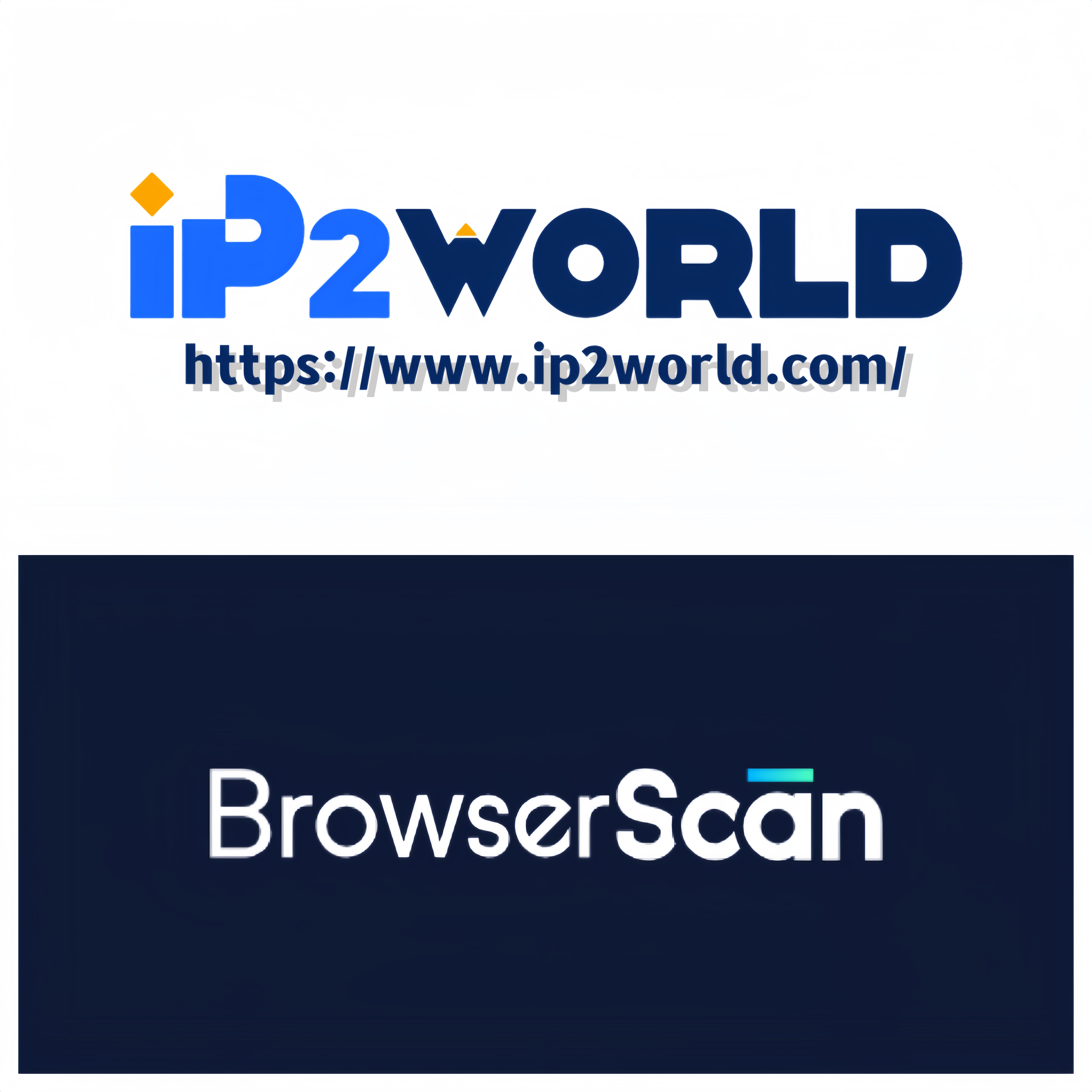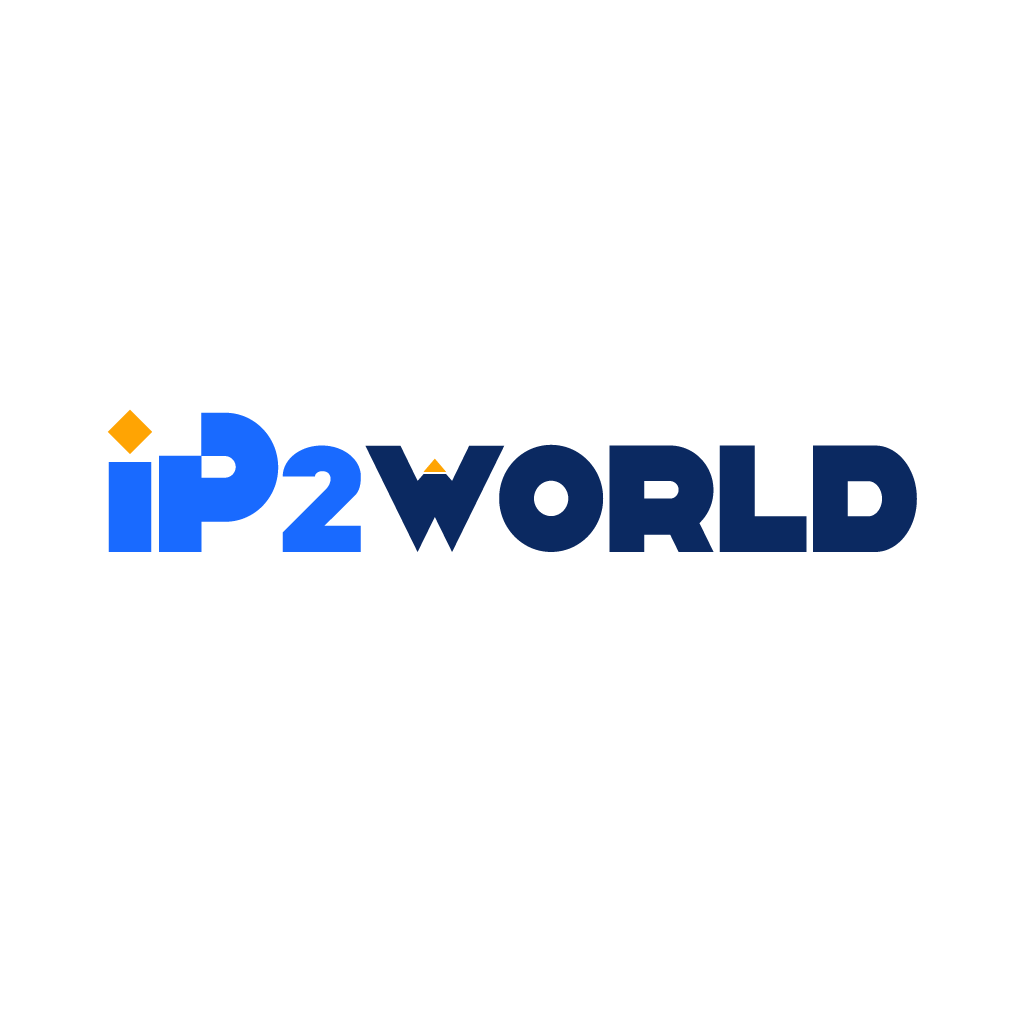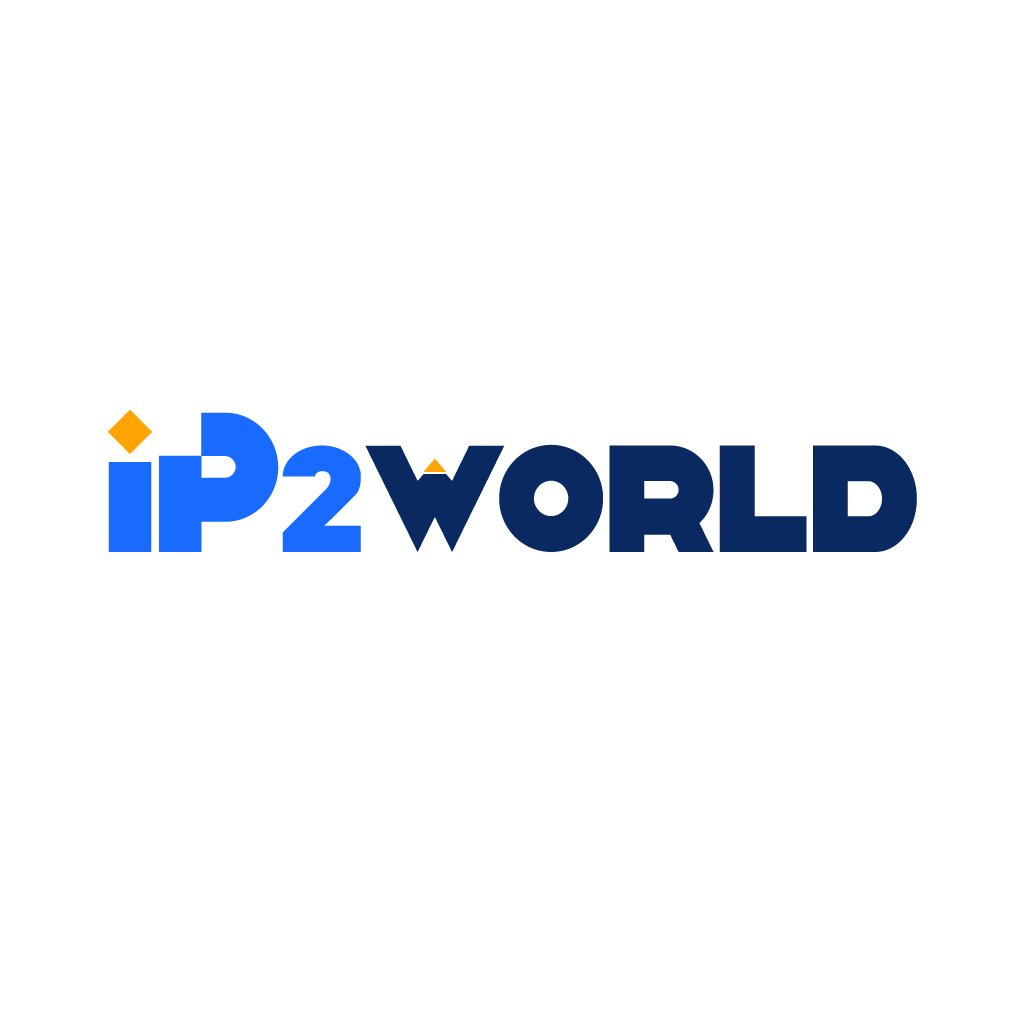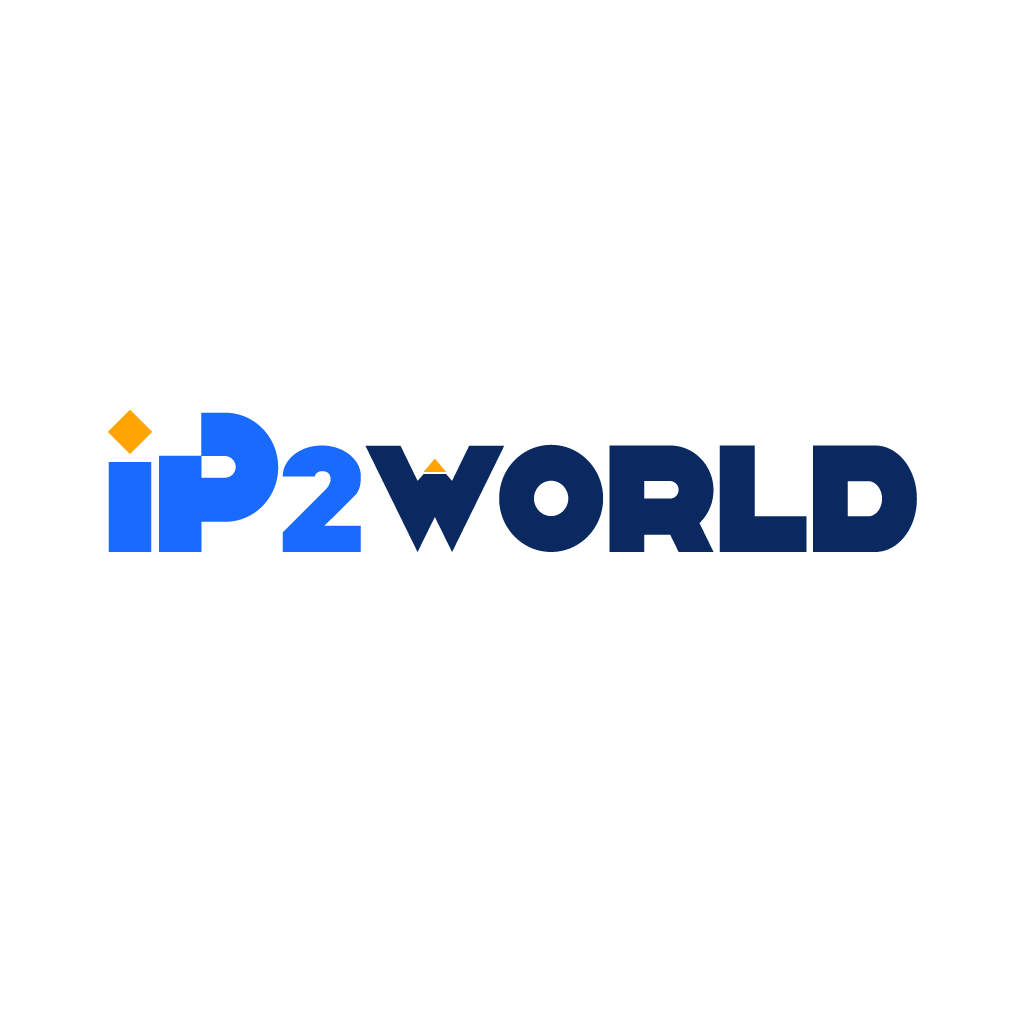Introduction: In the age of digitization, our online activities, no matter how trivial, are more than just fleeting actions. They form a mosaic of our digital identity, revealing our likes, dislikes, behaviors, and, at times, even our deepest aspirations. For marketers, this data offers an unparalleled opportunity to understand and cater to their audience in unprecedented ways. But, as Spider-Man's Uncle Ben aptly said, "With great power comes great responsibility." In the context of internet marketing, this power is the data users generate, and the responsibility lies in using it ethically. This article delves into the dynamic world of internet marketing, scrutinizing its challenges and exploring the technological marvels built to ensure user privacy. The Rising Concern over Privacy in Internet Marketing In today's interconnected digital ecosystem, every digital footprint, no matter how seemingly insignificant, paints a vivid picture of an individual's preferences, behaviors, and personal life. Each time a user logs onto a website, adds items to a shopping cart, or even hovers over a product without purchasing, they are inadvertently sharing valuable data. This data, in the hands of marketers, can be a gold mine, paving the way for tailored advertisements and personalized user experiences. However, with great data comes great responsibility. As the volume of data multiplies, so does the scope for its misuse. Unwanted advertisements, arising from the inappropriate use of user data, are just the tip of the iceberg. The more sinister implications include identity theft, financial fraud, and unauthorized sharing of personal data to third parties. This can result in a devastating invasion of personal space and a violation of trust. Furthermore, with the expansion of internet marketing into almost every aspect of our lives - from social media platforms to essential services - it's reach is undeniable and pervasive. This omnipresence means that user data is constantly at risk. A particular area of concern is the unauthorized transfer of data across borders or to entities that don’t adhere to robust data protection standards. Equally troubling is the solicitation of data under misleading pretexts, often without the user's clear and informed consent. As these instances become more common, they fuel a growing mistrust among users and calls for more stringent privacy measures. Understanding Privacy Enhancing Technologies Navigating the digital realm in today's age demands more than just a passive understanding of the internet; it requires a grasp of the intricate technologies working behind the scenes to ensure privacy. While it's easy to perceive technology as the problem, it’s also instrumental in crafting solutions. At the crux of these solutions are Privacy Enhancing Technologies (PETs). To put it succinctly, PETs are a suite of tools designed to protect user data, ensuring its integrity, confidentiality, and authenticity. Even though a comprehensive list of these technologies is beyond the scope of this article (and can be found in Table 2), a few examples can shed light on their importance. 1. Secure Data Storage: One of the foundational aspects of privacy is ensuring that data, once collected, is stored securely. Advanced encryption methods and secure data storage solutions ensure that data remains inaccessible to unauthorized entities. This minimizes the risk of breaches and unauthorized access. 2. Encrypted Communications: As data traverses the vast expanse of the internet, it becomes susceptible to interception. Encrypted communication technologies, like VPNs and SSL certificates, ensure that data remains unreadable even if intercepted. 3. User Anonymization: With growing concerns about personal data being traced back to individuals, anonymization tools have gained prominence. These tools mask user identities, ensuring that their actions online can't be directly linked back to them. 4. Consent Management Platforms: These tools allow users to manage and provide explicit permissions about what data can be collected and how it can be used. They represent a paradigm shift, focusing on user-centric control over data. As the digital landscape evolves, so does the array of threats to user privacy. In tandem, PETs continue to evolve, promising a future where users can enjoy the benefits of the internet without compromising their privacy. P3 and OPS: Pioneering Standards for Online Privacy In an era dominated by digital information and relentless data exchange, the need for coherent and universal privacy standards has never been more pronounced. The World-Wide Web Consortium (W3C), recognized for its pivotal role in standardizing web technologies, recognized this demand and responded with the Platform for Privacy Preference (P3). P3 is not just another protocol. Instead, it represents a paradigm shift in how online entities perceive and handle user privacy. Integral to its functionality is the Open Profiling Standard (OPS), which allows users to establish their own privacy parameters. By providing a centralized platform through which users can dictate their privacy preferences, P3 ensures that these choices are communicated to, and more importantly, respected by websites. This transparency fosters an environment where users can browse with the assurance that their privacy choices are being upheld. The endorsement of P3 by tech titans like Netscape, Firefly, VeriSign, and Microsoft cannot be understated. Their collaboration and active involvement in its development and propagation amplifies the protocol's credibility. Furthermore, when industry leaders champion a cause, it sets a precedent, prompting other online entities, even those outside of their direct influence, to adopt similar practices, paving the way for a more privacy-conscious digital realm. Challenges with Profiling Techniques While the introduction of P3 and OPS undoubtedly marks a significant advancement in the fight for online privacy, it's not without its hitches. One of the major challenges pertains to the consistency and accuracy of its implementation. For instance, users might set stringent privacy settings, expecting them to be religiously followed. Yet, they may still find themselves at the receiving end of unsolicited marketing campaigns or discover that their data has been collected and shared without their consent. Such instances aren't just annoying but indicative of a deeper flaw: the incongruence between user-defined privacy profiles and the real-world practices of some online platforms. This inconsistency has far-reaching consequences. For one, it compromises the very essence of tools like P3, which promise users control over their privacy. More crucially, each breach of trust makes users increasingly skeptical of online platforms, irrespective of their actual adherence to privacy standards. Addressing these discrepancies is not just a technical necessity but a moral one. Only by ensuring that privacy tools deliver on their promises can the digital community rebuild the eroded trust and ensure a safer browsing experience for everyone. Trust Framework: Establishing Universal Trust Online Trust, a cornerstone of any meaningful interaction, has become increasingly elusive in the digital realm, prompting the emergence of comprehensive Trust Frameworks. These frameworks aren't just about sophisticated algorithms or encryption protocols. Instead, they encapsulate a holistic approach that strives to rebuild the fragile bridge of trust between users and online entities. At the heart of the Trust Framework is the principle of non-repudiation of identity. This principle ensures that an action, once taken online—be it a transaction, an exchange of information, or any form of digital commitment—cannot be denied by the participating entity. This binding acknowledgment serves as a testament to the legitimacy and accountability of online actions, offering users an added layer of assurance. However, the principle of non-repudiation is just the starting point. For a Trust Framework to be truly effective, it needs to be broad-spectrum, addressing multiple facets of the online experience. Here’s how various pioneering firms are doing just that: 1. Rigorous Identity Verification: To ensure that users are who they say they are, sophisticated identity verification processes are in place. These processes utilize multi-factor authentication, biometric verifications, and even behavioral patterns to confirm the identity of users. 2. Encrypted Transactions: Financial and personal data are gold mines for malicious actors. By employing state-of-the-art encryption techniques, firms ensure that sensitive information remains indecipherable during transit and at rest. This not only safeguards user data but also bolsters their confidence in online transactions. 3. User-Informed Consent Systems: Gone are the days when terms and conditions were lengthy, convoluted, and often ignored. Modern Trust Frameworks advocate for transparent and easily understandable consent systems. Users are informed in clear terms what their data will be used for, ensuring they're never left in the dark. 4. Continuous Feedback Mechanism: Trust isn't a one-time establishment. It requires constant nurturing. By integrating continuous feedback mechanisms, firms can stay updated about user concerns and adapt their practices accordingly, ensuring that trust isn't just established but consistently reinforced. In conclusion, the Trust Framework represents more than just technical solutions. It's a vision—a vision where online interactions are not shadowed by skepticism but illuminated by unwavering trust. As more firms integrate and uphold these standards, the digital realm is poised to become a more secure and trustworthy space for all its inhabitants. Conclusion: As we navigate the vast expanse of the digital world, the need for privacy, trust, and security becomes paramount. The digital age, with all its advantages, brings forth challenges that are multifaceted and complex. While marketers have a treasure trove of data at their disposal, the onus is on them, and the wider tech community, to ensure that this data is used ethically and responsibly. The evolution of Privacy Enhancing Technologies, the establishment of privacy standards like P3, and the development of Trust Frameworks signal a move in the right direction. As we continue our journey in the digital realm, it's vital to remember that trust isn't just about securing data, but securing the very essence of human connection and mutual respect.
2023-09-14




